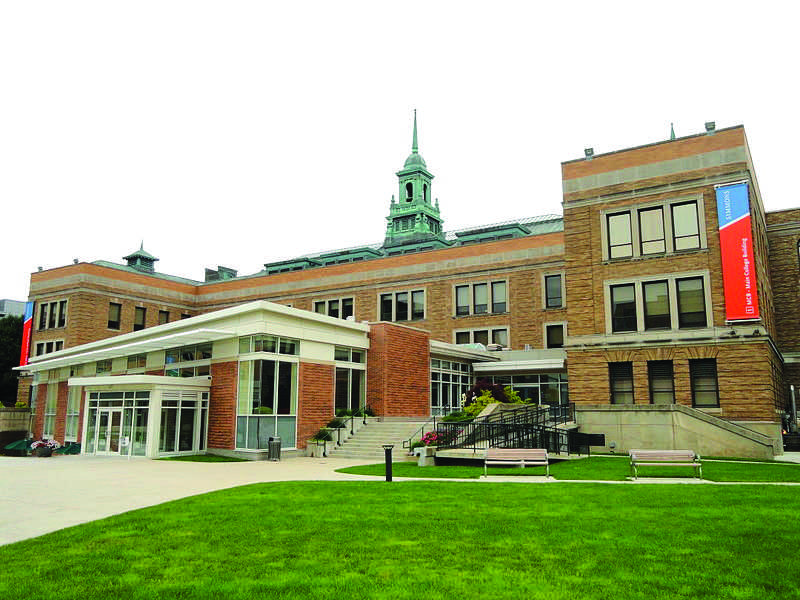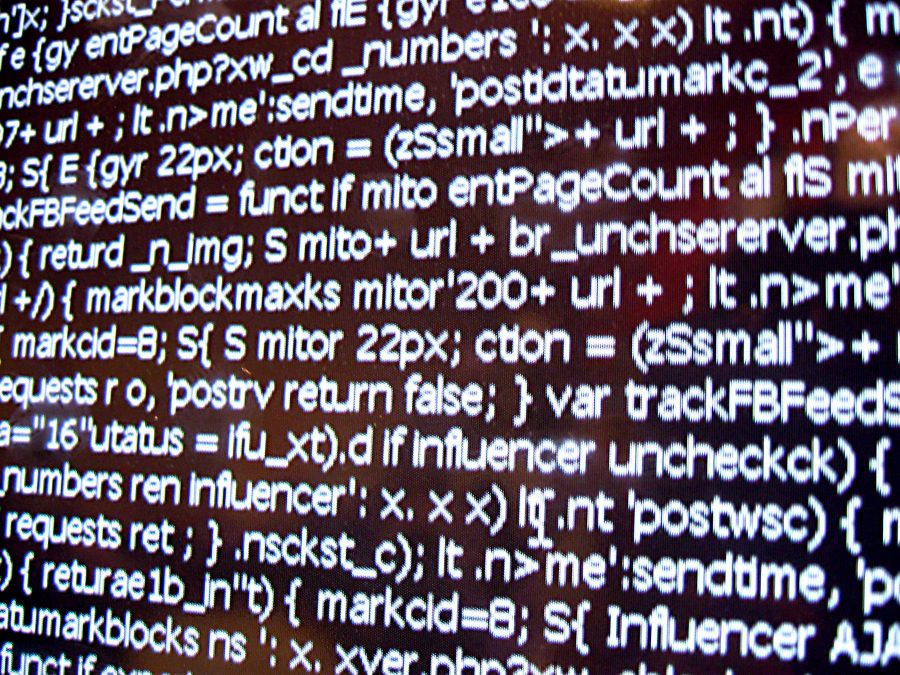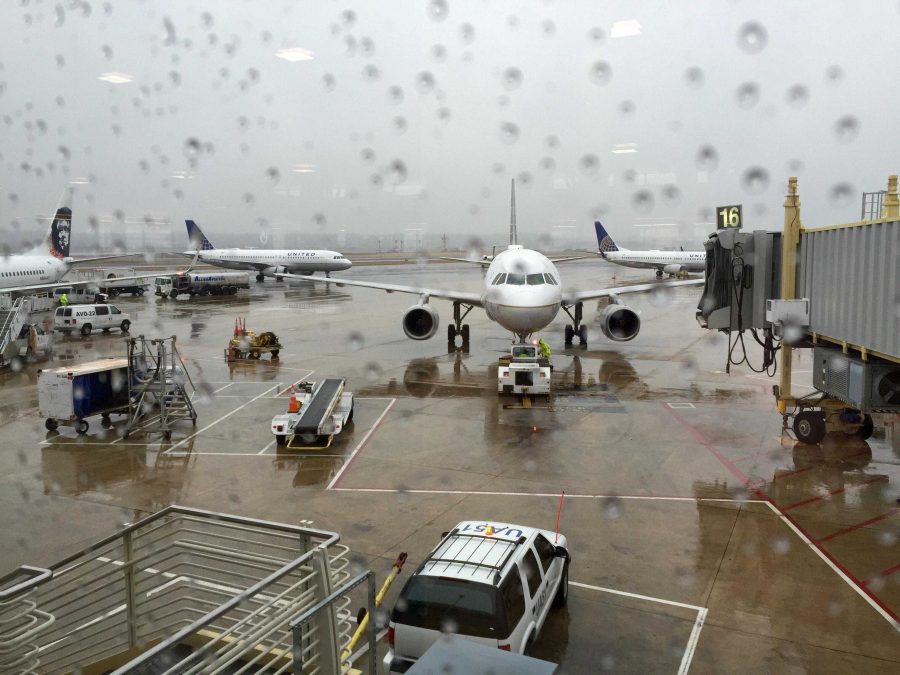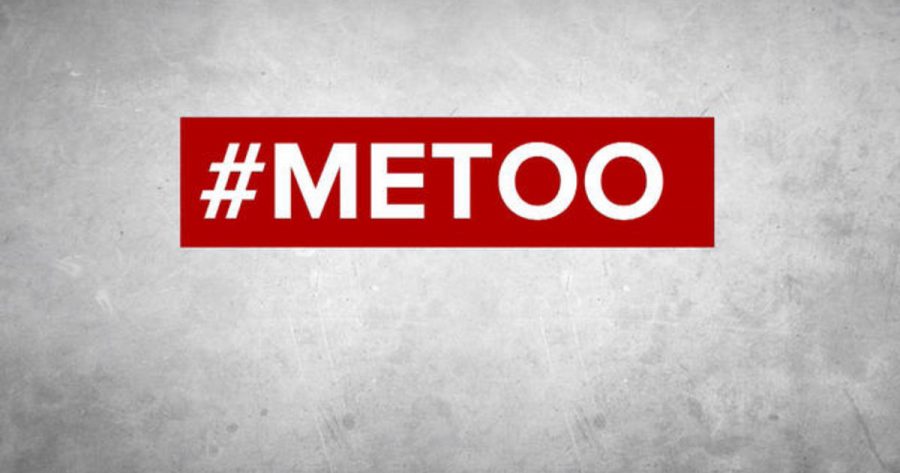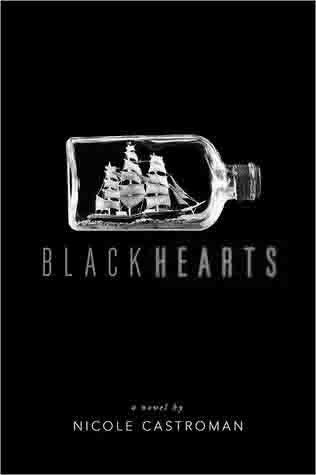By Amanda Bibbins
Staff Writer
Russia– On September 20th and 21st, anti-war protests took place in Moscow and St.Petersburg as a response to Russia’s prolonged involvement in Ukraine.
The marches come in direct response to a firing of artillery that struck a dynamite factory in Donetsk, Ukraine, causing two explosions that shook the area.
On September 5th, Ukraine and pro-Russian rebels signed a truce to end the violence taking place along the Eastern border of Ukraine. On Friday, September 19th into Saturday September 20th, an amendment was agreed upon to increase the “buffer zone”, or artillery-free zone along the borders.
The explosions are not in direct violation of the amendment, as they occurred within the 24-hour implementation period. However, they are in continuation of the persisting violence in the region.
The roots of this conflict captured the attention of the media and international community in February, when Ukraine’s population expressed divided interests in close ties with Russia, and close ties with the European Union.
Despite imposed sanctions, Russia pursued a political and military agenda in Ukraine, with one of the most decisive actions taking place on March 16. The disputed Ukrainian territory, Crimea, composed of 58.5% ethnic Russians, held a referendum whether or not to rejoin Russia.
This ultimately ended in a positive result.
The clashes between the two political groups have continued since then, affecting Ukrainian and Russian nationals alike. The uncomfortable conflict has led to measures as drastic as shooting down planes, rocket attacks, and tank movements.
These recent protests in major Russian cities are not the first, nor are they the last in the international community. Anti-war protests have taken place in major cities such as San Francisco, Berlin, New York, Paris, and Prague.
Coincidentally, the recent anti-war protests took place on the United Nation’s International
Day of Peace, a day that originated in 2001 as a call for non-violence and cease-fire for 24 hours.




